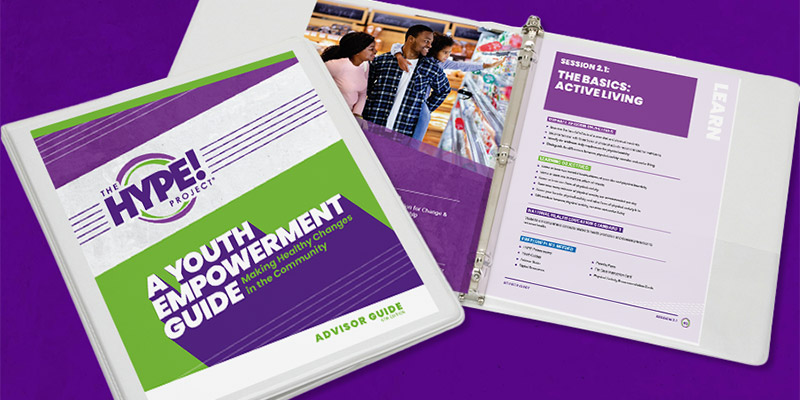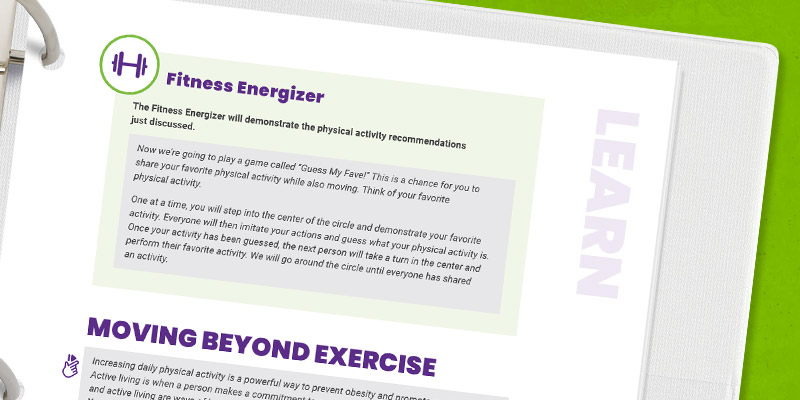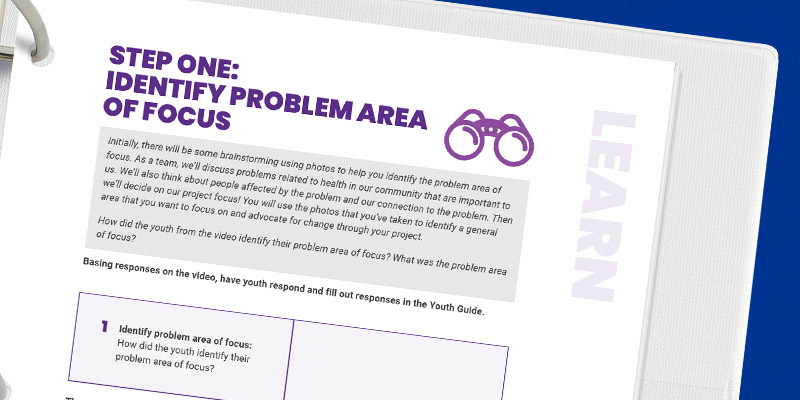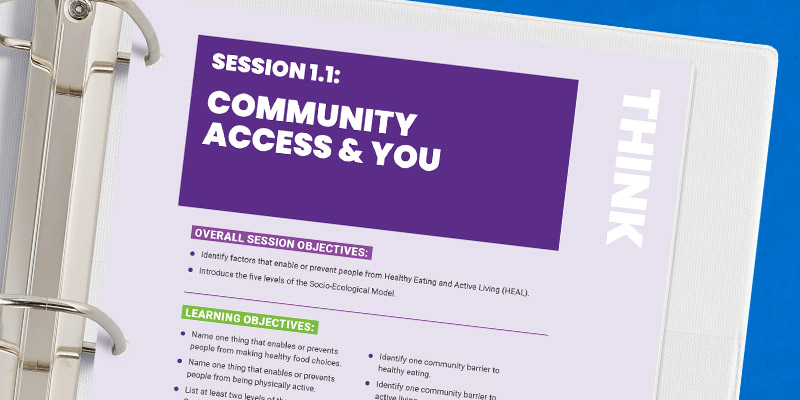Today’s youth are power players.
So why are they so often overlooked?
Young people can be a driving force for change. They bring fresh ideas, new skills and unique perspectives, not to mention they can grab the attention of decision-makers and the media. The Hype Project® empowers youth with the tools they need to participate in the decision-making processes that affect them.

How does HYPE create change?
The HYPE Project strives to unlock our youth’s potential with the understanding and agency to make a difference. It provides opportunities for youth to develop critical thinking skills, build relationships with community stakeholders and have fun learning practical ways to create policy, systems and environmental (PSE) changes. It’s a chance for youth to take their civics, government and health classes to a new level!

Gain new perspectives about your community.
HYPE’s PhotoVoice approach sheds new light on healthy choices present or missing in our community. Through this thought-provoking tool, youth learn to see their community in a new light and use their observations to determine their civic action projects.
Implement your program with ease.
With an easy-to-follow advisor guide, HYPE resources and, of course, support from our team, The HYPE Project is simple to implement and exciting to engage with.

EASY TO UNDERSTAND. EASY TO EXPLAIN.
We’ve developed an advisor guide and training that are easy to understand, follow and explain. During the advisor training, we walk you through the curriculum and give you a chance to practice the activities.
NAVIGATION PROMPTS HELP YOU STAY ON TRACK.
The Advisor Guide features several icons throughout the curriculum to help you navigate the instructional experience.

KEEP YOUTH MOVING AND THINKING.
Team and small group activities are designed to explain topics and engage youth both physically and mentally. Activities can be found throughout the curriculum, and most of the supplies are included in the HYPE Supply Kit.

CLEAR PROMPTS HELP YOU KNOW WHAT TO SAY AND WHEN TO SAY IT.
Passages in the Advisor Guide intended to be read aloud to the HYPE team are denoted throughout the curriculum, making it easy to understand and to know what to say and when to say it. At times, brief directions intended only for the advisor may be found within portions of text intended to be read aloud to youth.

OBJECTIVES DEFINE LEARNING OUTCOMES.
Each HYPE session includes an introductory page with overall session and learning objectives to help advisors prepare. Learning objectives are also printed in the Youth Guide to provide focus for the HYPE team.
Explore goals
PREPPING MADE EASY.
Each session includes a prep/supplies list to help advisors prepare for upcoming activities. The majority of supplies are included in the HYPE Supply Kit.
National Health Education Standards
The HYPE curriculum is aligned with the National Health Education Standards (NHES), a widely used framework for implementing comprehensive school health education. These standards allow youth to build a range of skills, including decision-making, communication and advocacy. Participating youth will have opportunities to demonstrate skills that support the maintenance and adoption of health-promoting behaviors.
ORID Method for Facilitation
After specific activities, advisors will facilitate discussions using the ORID method. ORID (Objective, Reflective, Interpretive and Decisional) discussions promote a more balanced and comprehensive understanding of complex issues and foster effective group communication and collaboration.
This structured group facilitation technique ensures participants thoroughly explore topics from multiple angles and move from gathering objective data to generating potential solutions and decisions.
OBJECTIVE QUESTIONS
Gather facts, data, numbers and statistics to set the context.
Sample question: What are the five levels of the socio-ecological model?
Interpretive Questions
Examine assumptions, values and implications to uncover deeper meanings.
Sample question: What did you learn from this exercise?
Reflective Questions
Elicit emotions and associations to surface personal reactions to the data.
Sample question: Which of these levels do you think reaches the most amount of people?
DecisionAL Questions
Develop options and determine priorities to drive actions.
Sample question: What types of things can we change at the policy, community or organizational levels to make our community healthier?
The HYPE Project was created with funds from the CDC Community Transformation Grant (2012) in partnership with the University of South Carolina Arnold School of Public Health.
